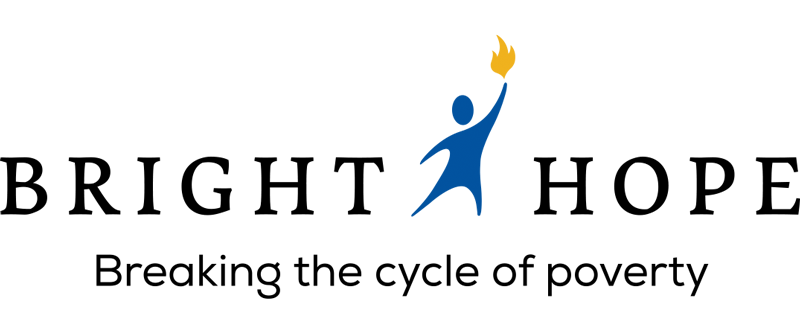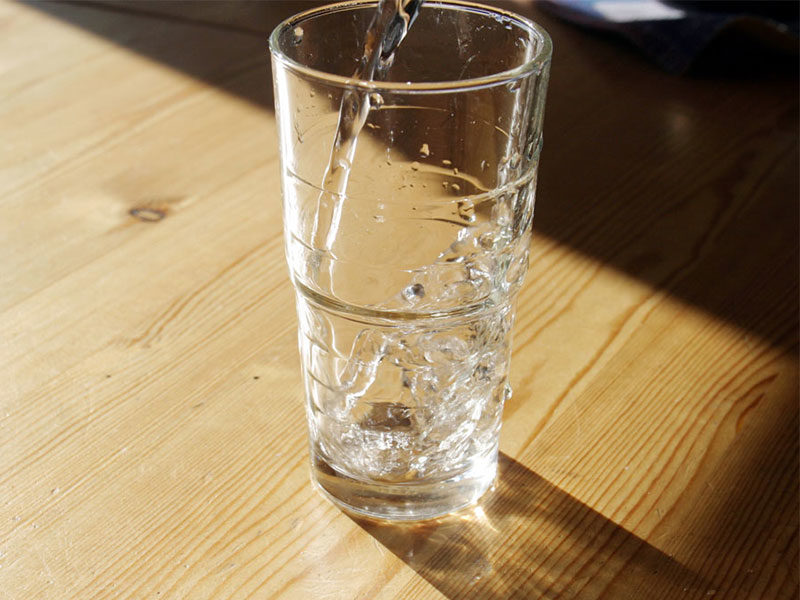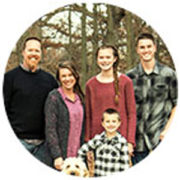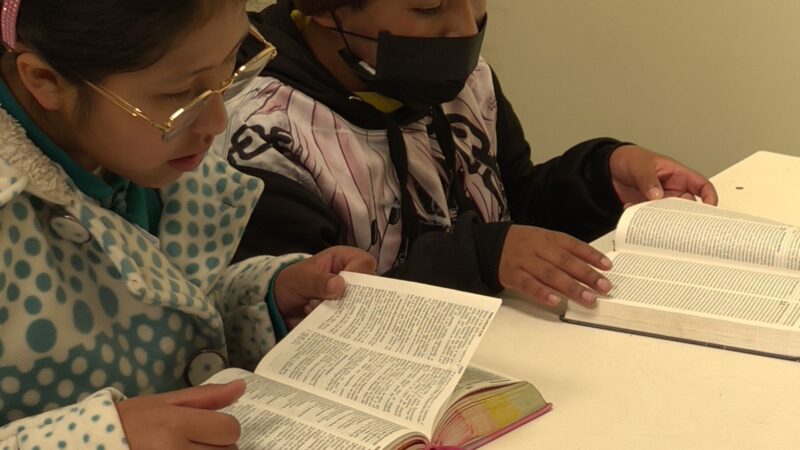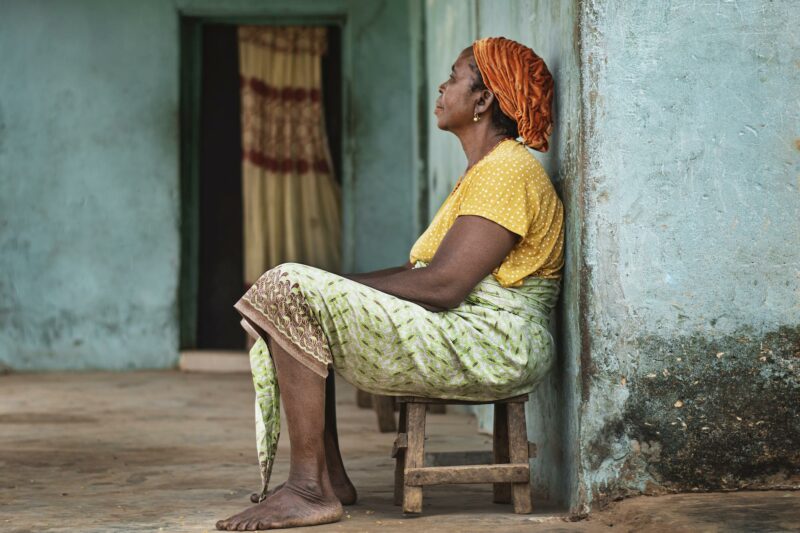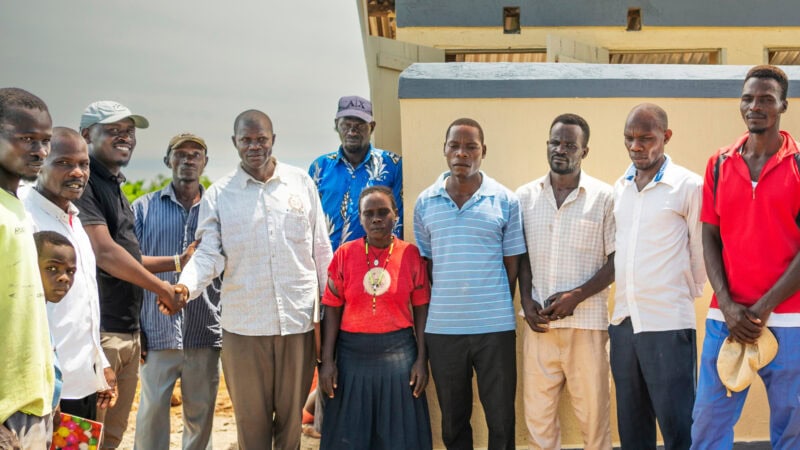Recently my co-worker Karen lost her diamond ring while at work. She knew it was on her finger when she arrived that morning, until suddenly she realized it was no longer there.
We turned the office upside down looking for her lost ring. We looked in all the obvious places and in some not-so-obvious places (such as the wastepaper basket in the ladies’ room and behind her very heavy desk). As a last-ditch effort, she traced her steps back home to look there, just in case. Sadly, the ring was not recovered.
Later that afternoon after we had all gone back to work, there was a sudden shout of joy from Karen’s office! As she raised her water glass to take a drink, her missing ring caught her eye from the bottom of her cup! The ring must have slipped off her finger earlier that day when she scooped up some ice to put in her water. Oh, what an unexpected relief that drink of water proved to be!
Almost taking a drink of water from a glass with a ring hiding on the bottom is one thing. But what about when water is hiding other things—harmful things like contaminates or pollutants? Sadly, this is what is happening to many people around the world. Not necessarily because they don’t know the contaminates are there, but because dirty water is the only water available.
What would you think about drinking water that was contaminated with feces? Disgusting, right? Yet around the world, at least 2 billion people drink from a water source polluted with this waste.1
How about vectors? If you are unfamiliar with this word, vectors are insects that are found in bodies of drinking water all around the developing world that breed, carry and transmit diseases.2
And don’t forget about litter. Many developing nations lack even a partial sewage system or treatment facility, resulting in people drinking from the same bodies of water that are used to collect waste products and garbage.2
Further, these same bodies of water can also contain fertilizers, pesticides and wait for it…thousands of animal carcasses.2
This is so terrible! I wouldn’t let my dog drink water like this!
Had Karen accidentally swallowed her ring at the bottom of her water glass, she could have choked. But most likely, had the ring made it to her mouth, she would have spit it out before she swallowed. Yet what about these contaminates that I mentioned? When the contaminates go in, the person is subjected to harmful germs that can lead to diarrhea, cholera, dysentery, typhoid, malaria and polio—to name a few. And as these diseases progress, they could even lead to death.
Research states that, as recent as 2017, at least 785 million people around the world still lack a basic drinking water service and are dependent on surface water.1 They drink polluted water because they have no other option.
But it doesn’t have to be that way, and we at Bright Hope are doing our part to help bring cleaner, better water solutions to some of those living in the poorest communities around the world. Through partnerships with organizations like Water4, we are digging wells, fixing broken water pumps and building irrigation systems to make safe water available, giving the poor a chance at a better, healthier life.
Just as everyone in our office stopped what they were doing to help Karen look for her ring, it takes all of us to do our part to bring clean water to those who need it most. Some can write a check, others go and do the labor, the activists rally to gain awareness, establish policies and raise funds, and the prayer warriors will get on their knees and pray.
The next time you open up a water bottle and take a nice, long drink, or stop to sip from a public water fountain, or even put your glass under your kitchen tap for a refreshing hydration break, take notice of what you have in your hand—a clean source of non-contaminated water—and consider what small thing you can do to help your brothers and sisters around the world who are less fortunate.
